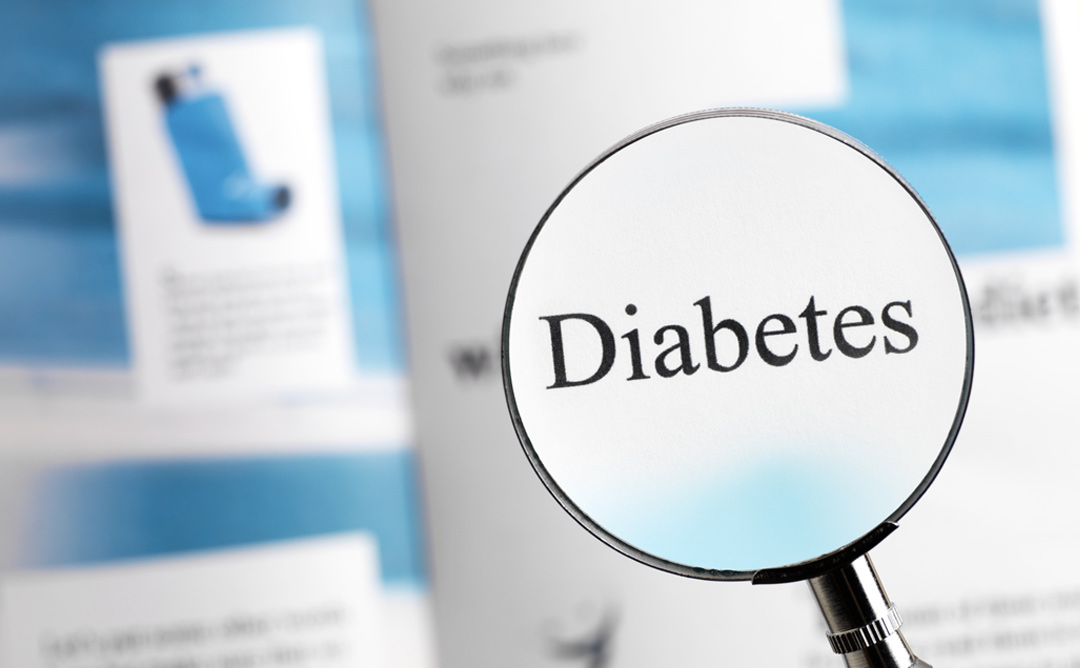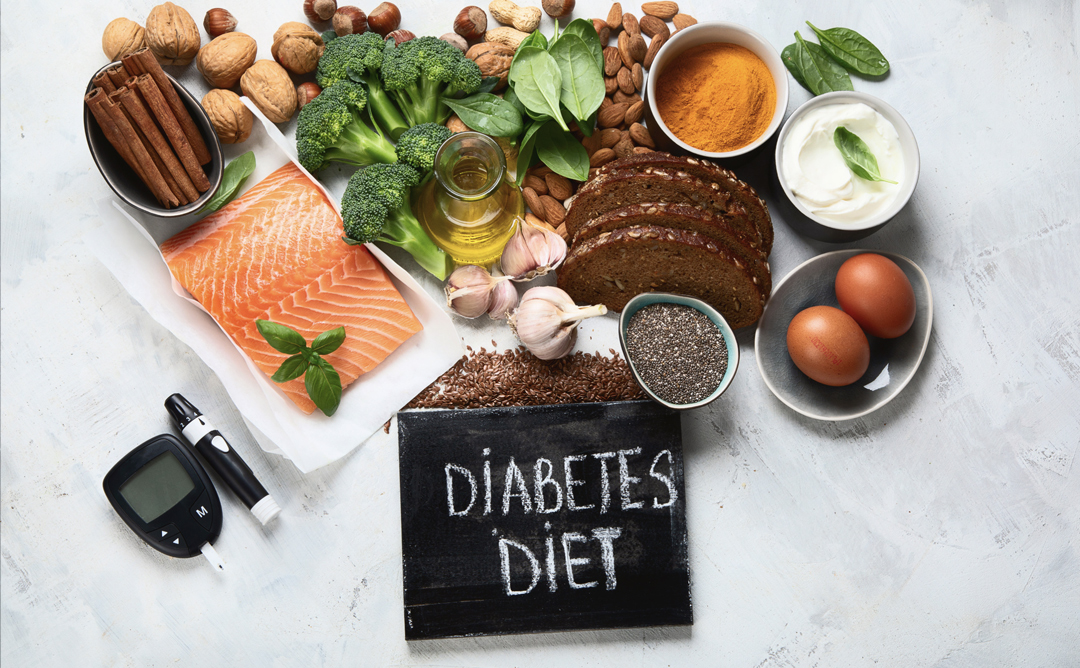
Understanding Diabetes: Signs, Symptoms, and Natural Prevention Tips

Understanding Diabetes: Signs, Symptoms, and Natural Prevention Tips
Facing a diagnosis of Type II Diabetes can feel overwhelming, but it’s possible to make a lasting change. As someone who has been there myself, I know the challenges—and I’ve also experienced the hope and transformation that can come through natural, holistic care. Today, I want to share the signs to watch for and some gentle, effective ways to reduce your risk and support a healthy life.
Recognizing the Early Symptoms of Diabetes
When I was first diagnosed, I didn’t realize how common the symptoms were. Identifying them early can be a powerful first step in taking control of your health and preventing diabetes from advancing.
1. Increased Thirst and Frequent Urination: This was one of my early signs. As blood sugar rises, the kidneys try to filter out excess glucose, leading to more frequent bathroom trips and constant thirst.
2. Constant Fatigue: I remember feeling exhausted no matter how much I rested. This happens because glucose isn’t being properly used for energy, leaving you drained.
3. Blurred Vision: High blood sugar can cause fluid shifts in the eyes, impacting vision. I found that as my blood sugar stabilized, my vision gradually improved as well.
4. Slow Healing of Cuts and Infections: With elevated glucose, immune response slows, and wounds take longer to heal. This was something I hadn’t connected to blood sugar before my diagnosis.
5. Tingling or Numbness in Hands and Feet: I deal with this too. Known as neuropathy, this is caused by nerve damage due to high blood sugar, particularly in the extremities.
6. Unexpected Weight Loss: When cells can’t get the glucose they need, the body starts breaking down fat and muscle for energy, leading to weight loss.
7. Increased Hunger: Without sufficient energy from glucose, your body signals hunger to meet the need. This can feel like an unending craving for more fuel.
If you notice any of these symptoms, it may be worth speaking to a healthcare provider and exploring the possibility of diabetes. Recognizing these early signs allowed me to make lifestyle changes that helped me regain control of my health.
—
Natural Ways to Decrease Your Risk of Diabetes
Reversing my diabetes through natural care taught me that prevention is just as powerful. Here are some of the lifestyle habits that helped me on my journey:
1. Choose a Balanced, Whole-Food Diet: I focused on whole, nutrient-dense foods—lots of vegetables, fruits, lean proteins, and healthy fats—and avoided processed foods and added sugars. This reduced stress on my pancreas and stabilized my blood sugar levels.
2. Get Moving: Exercise was one of my most effective tools. Regular movement increased my insulin sensitivity, helping my body use glucose more efficiently. Even 30 minutes a day, whether it was a walk or some light weight training, made a difference.
3. Stay Hydrated: Drinking water throughout the day helped flush out excess glucose. Staying hydrated also reduced my cravings and supported my energy levels.
4. Limit Refined Carbohydrates: Refined carbs were hard for my body to process, so I switched to complex carbs like oats and quinoa. They release glucose slowly, giving steady energy without the spikes.
5. Prioritize Quality Sleep: Poor sleep can disrupt insulin sensitivity, making blood sugar harder to manage. Once I improved my sleep routine, I noticed it helped with both my energy and my blood sugar.
6. Practice Stress Management: Chronic stress raised my cortisol, which affects blood sugar levels. Through meditation, deep breathing, and gentle yoga, I reduced my stress levels, which brought calm and helped balance my blood sugar.
7. Monitor Blood Pressure and Cholesterol: I kept an eye on my blood pressure and cholesterol levels, as they can impact diabetes risk. Regular check-ups were reassuring and allowed me to make small adjustments as needed.
8. Say No to Smoking: Smoking increases inflammation, making insulin resistance worse. If you’re a smoker, even cutting back can start to help.
9. Increase Fiber Intake: High-fiber foods like vegetables and whole grains were a cornerstone of my diet. Fiber slows down the absorption of glucose, which was especially helpful in stabilizing my blood sugar.
—
Taking Charge of Your Health
When I was diagnosed with diabetes, I felt like I was at a crossroads. Making these natural changes has given me a fresh start and a renewed sense of well-being. Every small adjustment, from drinking more water to choosing whole foods, contributed to my health journey. Whether you’re looking to prevent diabetes or manage it, there is always hope, and each small step brings you closer to a healthier, more empowered life.
I try to keep track of my A1C and glucose levels often. Here’s some great products for doing that:
https://amzn.to/4ejrLNj At Home Test Kit, Home Use Monitoring of Glycemic Control, Easy Operation for at home A1C Monitoring
https://amzn.to/3YGBiIf KETO-MOJO GK+ Bluetooth Glucose & Ketone Testing Kit
Join Our Facebook Group
Disclaimer: We are an affiliate of many companies, which means that we may receive a commission if you click on our affiliate link and make a purchase. However, this does not affect our reviews and comparisons. We strive to provide honest opinions and recommendations based on our own experiences and research. Any product claim, statistic, quote, or other representation about a product or service should be verified with the manufacturer, provider, or party in question.



